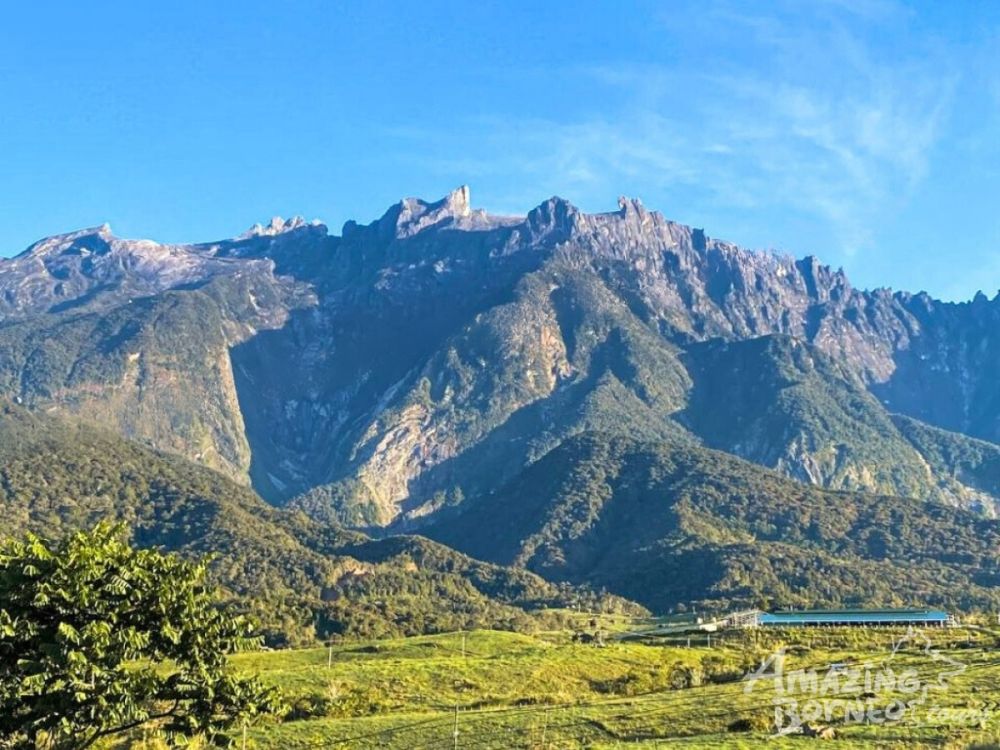

Mount Kinabalu, the pride of Malaysia, is not only a natural wonder but also a significant symbol of spiritual and cultural heritage for the Kadazan-Dusun people, the largest ethnic group in Sabah. The majestic mountain, declared a UNESCO World Heritage Site in 2000, stands at an impressive height of 4,095 meters making it the tallest mountain in Southeast Asia.
The history of tourism at Mount Kinabalu is woven with the journeys of explorers, botanists, and climbers who sought to conquer its heights and unravel its mysteries. The formal documentation of tourists ascending the mountain dates back to the early 20th century. In 1910, a British colonial administrator, Hugh Low, led an expedition up the mountain, marking what is considered the first recorded ascent by a Westerner, and a trail named after him—Low's Peak—is the summit point for climbers today.
Post World War II, Mount Kinabali became increasingly popular among international climbers and adventure tourists. The establishment of Kinabalu Park in 1964, which encompasses the mountain and surrounding areas, significantly boosted tourism in the region. This park serves as a gateway for climbers and has been a cornerstone in the conservation of the diverse array of flora and fauna found in the area.
In recent years, tourism trends at Mount Kinabalu have been shaped by the increasing desire for eco-tourism and sustainable travel experiences. Visitors are drawn not only to the challenge of climbing the mountain but also to the rich biodiversity of Kinabalu Park. Tourists come to see the thousands of plant species, hundreds of bird species, and the wide variety of amphibians and mammals that inhabit the area. Additionally, the Rafflesia flower, the largest flower in the world, is a major draw for nature enthusiasts.
Adventure tourism is also a significant trend, with travelers engaging in activities such as rock climbing, paragliding, and zip-lining in the areas surrounding Mount Kinabalu. Additionally, cultural experiences are gaining popularity as tourists seek to understand the local customs and traditions of the Kadazan-Dusun community, including their annual rice harvesting festival, Kaamatan.
In response to the COVID-19 pandemic, the tourism sector at Mount Kinabalu is adapting to new safety measures and protocols to ensure the health and safety of visitors. This includes capacity limits, increased sanitation procedures, and health checks. As travel resumes globally, Mount Kinabalu is expected to continue to be an attractive destination for those seeking natural beauty, outdoor adventure, and cultural immersion.
Preservation and sustainable tourism initiatives remain a priority for the region to ensure that this majestic mountain can continue to be enjoyed by future generations. With its breathtaking landscapes, unique biodiversity, and rich cultural significance, Mount Kinabili will undoubtedly remain one of the jewels of Malaysia's tourism crown.